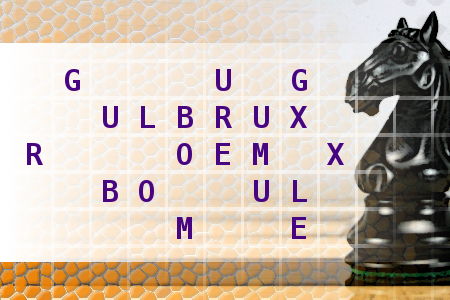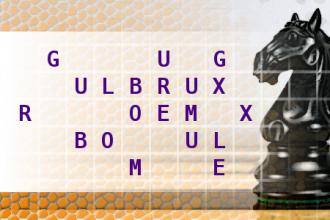Chess Knight Move
Find the country and its capital city, using the move of a chess knight. First letter is L. Length of words in solution: 10,10.Correct answers: 37
The first user who solved this task is Djordje Timotijevic.
#brainteasers #wordpuzzles #chessknightmove

A lawyer walks into a bar. He...
A lawyer walks into a bar. He sees a beautiful, well-dressed woman sitting on a bar stool.
He walks up to her and says, "Hi there, how's it going tonight?"
She turns to him, looks him straight in the eyes and says, "I'll screw anybody at any time, any where -- your place or my place, it doesn't matter one iota."
The guy raises his eyebrows and says, "No shit!?! What law firm do you work for?"
He walks up to her and says, "Hi there, how's it going tonight?"
She turns to him, looks him straight in the eyes and says, "I'll screw anybody at any time, any where -- your place or my place, it doesn't matter one iota."
The guy raises his eyebrows and says, "No shit!?! What law firm do you work for?"

